No trip to Japan is complete without a little sake tasting (unless you don’t drink alcoholic beverages, of course). If it’s your first time though, it can be difficult to know where or how to begin. To help people like you navigate the world of sake, I’ve done a lot of research–from consulting with sake connoisseurs to tasting hundreds of brands all across Japan.
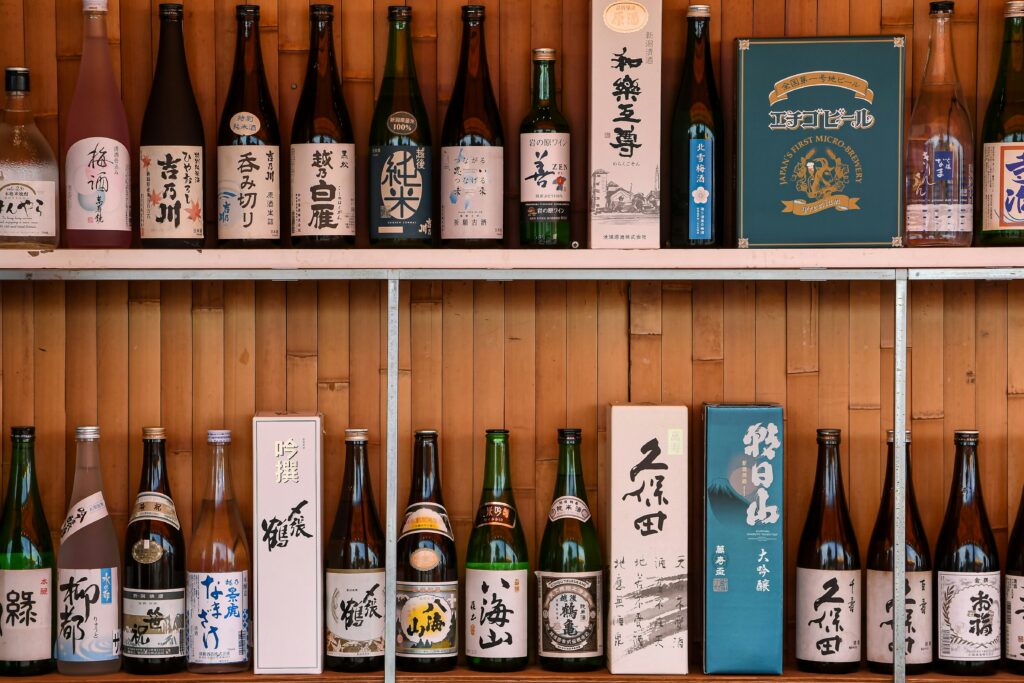
So, let’s start with a few basics.
First, “sake” in Japan actually refers to ALL alcoholic drinks, including beer, wine, liquor, and the beverage we call sake in English. So, what do the Japanese call “sake” specifically? The word for it is “nihonshu”, which directly translates to “Japanese alcohol”. That means, if you want to clearly distinguish sake with other alcoholic drinks, always use “nihonshu”.
Next up, it would be helpful to know what “polishing” and “Junmai”–two sake keywords–mean.
Prior to the actual sake-making process, the rice kernel from which it is made has to be “polished” (or milled) to remove the outer layer of each grain, exposing its starchy core.
To produce good sake, the rice has to be polished to about 50% – 70%. So, if you read that a bottle of sake has been polished to 60%, it means 40% of the original rice kernel has been polished away, leaving it just 60% of its original size.
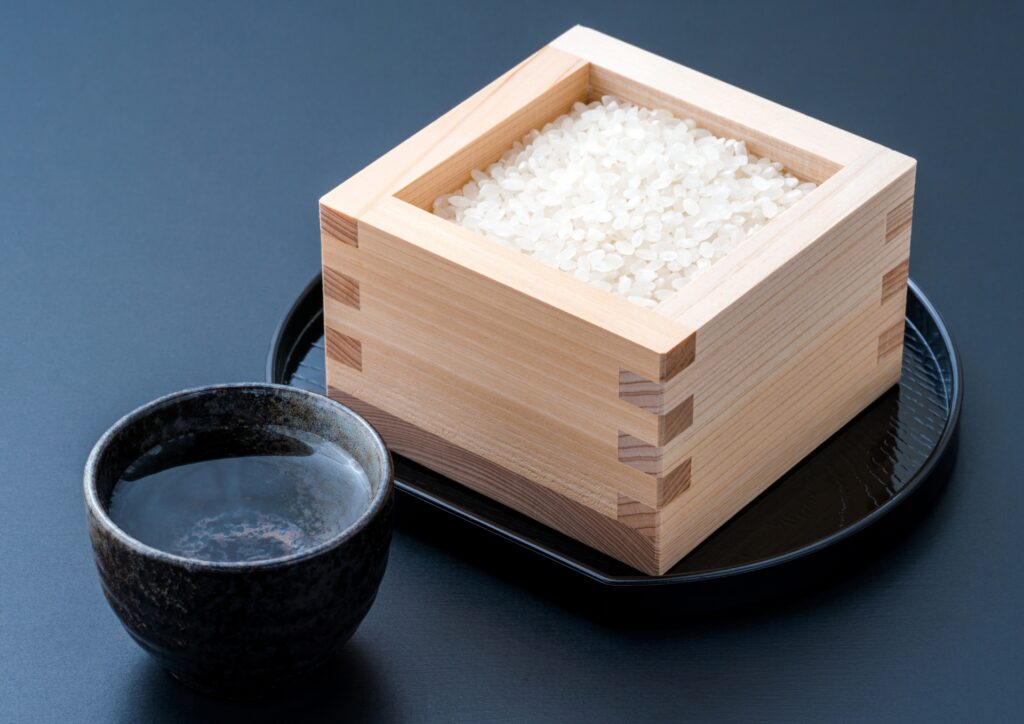
The other key term to understand is Junmai, which means “pure rice”. It’s an important word in the world of sake, as it separates the pure rice sakes from the non-pure rice sakes.
Junmai is brewed using only rice, water, yeast, and koji. Unless a bottle of sake says Junmai (純米), it will have added brewers alcohol and/or other additives. However, just because a particular sake is not Junmai does not mean it is inferior. Additives such as distilled brewers alcohol are used by skilled brewers to change and enhance flavor profiles and aromas, and can make for some very smooth and easy-to-drink sake.
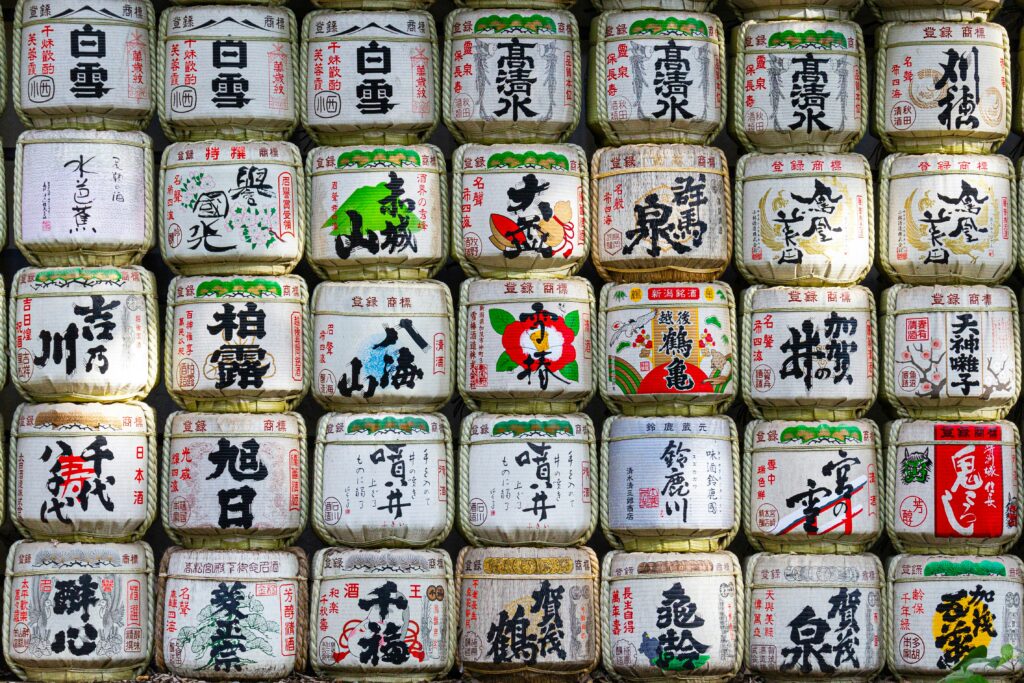
Now that you’ve learned what polishing and Junmai mean, let’s talk about the different types of sake!
There are so many different types that–to keep things simple–we will only focus on some major classifications.
- Junmai (純米)
As mentioned above, Junmai refers to pure rice (non-additive) sake. Additionally, the Junmai classification means that the rice used has been polished to at least 70%. Generally speaking, Junmai sake tends to have a rich full body with an intense, slightly acidic flavor. This type of sake can be particularly nice when served at room temperature or warm.
- Honjozo (本醸造)
This type also uses rice that has been polished to at least 70%, but contains a small amount of distilled brewers alcohol, which is added to smooth out the flavor and aroma of the sake. Honjozo are often light and easy to drink, enjoyable both warm or chilled.
- Ginjo (吟醸)
This is premium sake that uses rice that has been polished to at least 60% and is brewed using special yeast and fermentation techniques. The result is often a light, fruity and complex flavor that is usually quite fragrant. It’s easy to drink and often (though certainly not as a rule) served chilled.
- Daiginjo (大吟醸)
Daiginjo is super premium sake and is regarded by many as the pinnacle of the brewer’s art. It requires precise brewing methods and uses rice that has been polished all the way down to at least 50%. Daiginjo is often relatively pricey and usually served chilled to bring out their light, complex flavors and aromas.
- Nama-zake (生酒)
This one is unpasteurized sake, and as such, it has to be refrigerated for maintaining freshness. Of course, it depends on other factors, but Nama-zake often has a fresh, fruity flavor with a sweet aroma.
- Nigori (濁り)
Nigori sake is cloudy white and coarsely filtered with very small bits of rice floating around in it. It’s usually sweet and creamy, and can range from silky smooth to thick and chunky.
- Ji-zake (地酒)
Meaning “local sake”, Ji-zake usually pairs excellently with each region’s local cuisine. Plus, since it’s local, it’s also typically fresh and often reasonably priced.
- Shiboritate (しぼりたて)
Translated to “freshly pressed”, Shiboritate is unaged sake, which contrasts to typical sake that is allowed to mature for about 6 months to mellow out the flavors. Shiboritate goes directly from the presses into the bottles and out to market. These tend to be wild and fruity, with some even likening it to white wine.
Last but not least, this is one of the most common questions I hear from sake beginners.
** Should I drink sake cold, warm, or at room temperature?
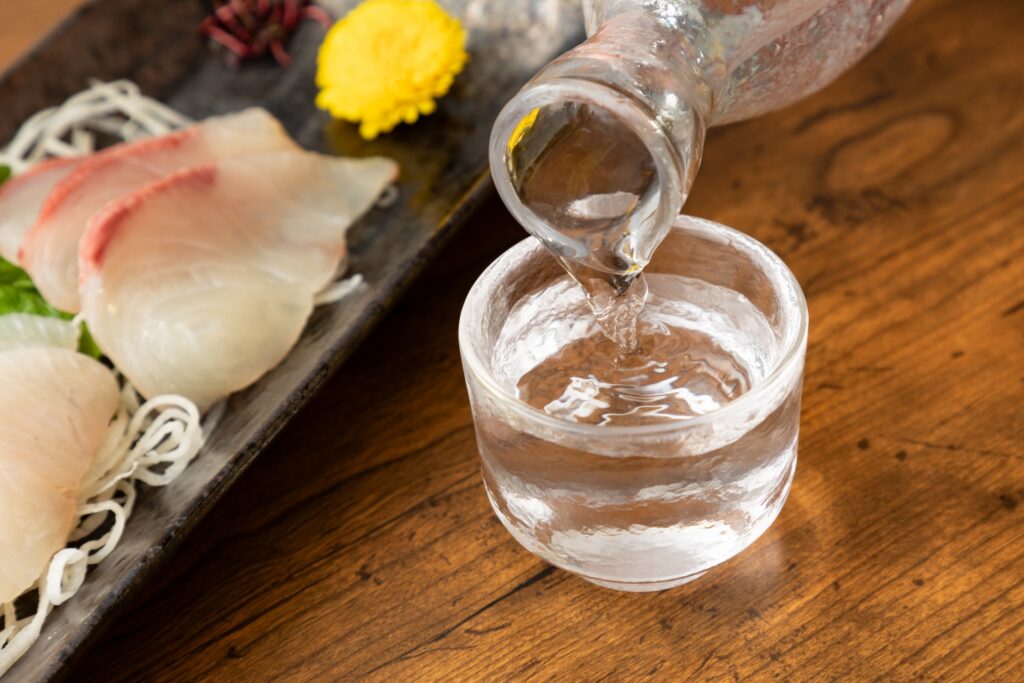
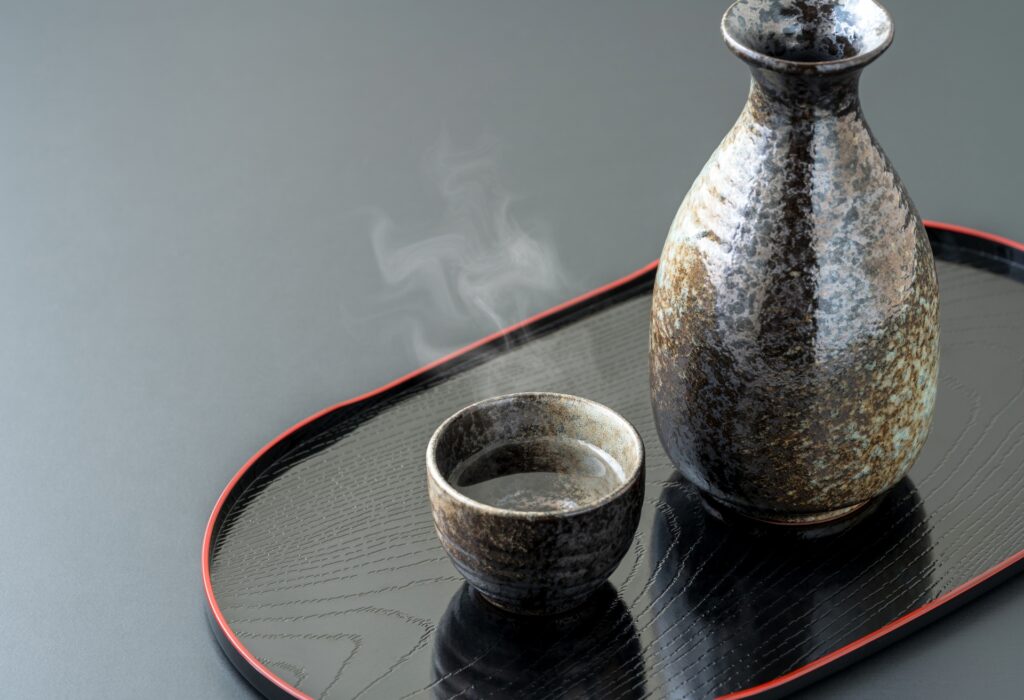
There is no hard-and-fast rule, and the most important considerations are 1) the particular sake in question, and 2) your own preferences.
That being said, here are some general guidelines to help you decide whether to cool or warm your sake.
- Ask the shop or restaurant staff for their recommendation: They will know whether its flavors shine best cold, warm or room temperature.
- Avoid extremes: When preparing sake yourself at home, be careful not to overdo it. Over-heating or over-chilling can disrupt the sake’s unique flavors and aromas.
- How to warm: Don’t heat the sake directly! Rather, pour the sake into a receptacle (like a sake carafe, ideally!) that can handle some heat, and then heat it very gradually in a water bath. Avoid heating it too quickly or intensely. Hopefully it goes without saying that you should not do this using a microwave!
At the risk of over-generalizing, many sake experts say…
Ginjo and Daiginjo sakes are usually best served chilled, which enhances their flavors and aromas. On the other hand, many Junmai and Honjozo sakes do well either way–warming them tends to draw out their complex flavors and slightly smooth them out.
I wish I could tell you that all sake experts agree–but of course this is never the case. The best way to really gain an appreciation for and understanding of sake is to drink it! So I encourage you to get out there and have a taste–you may be surprised to find you have a preferred type, style, and temperature.
For more information on sake and Japan travel visit us at Boutique Japan: https://boutiquejapan.com/
Kanpai (cheers)!
